

Articles
How To Measure A Slope Of A Driveway
Modified: May 6, 2024
Learn how to accurately measure the slope of your driveway with our informative articles. Discover expert tips and tools to ensure a smooth and safe surface for your home.
(Many of the links in this article redirect to a specific reviewed product. Your purchase of these products through affiliate links helps to generate commission for Storables.com, at no extra cost. Learn more)
Introduction
When it comes to constructing or renovating a driveway, one of the essential factors to consider is the slope. The slope of a driveway plays a crucial role in ensuring proper water drainage and preventing damage caused by standing water or erosion. It also contributes to the overall aesthetic appeal of your property.
Understanding how to measure the driveway slope is important for both homeowners and contractors. With accurate measurements, you can plan and execute the construction or renovation process more effectively. Additionally, knowing the slope percentage can help you determine if your driveway complies with local building codes and regulations.
In this article, we will guide you through the process of measuring the driveway slope. We will discuss the tools you’ll need and provide a step-by-step procedure to ensure accurate measurements. We will also cover how to determine the slope percentage and highlight common mistakes to avoid. By the end of this article, you’ll have a solid understanding of how to measure driveway slope like a pro.
Key Takeaways:
- Proper driveway slope is crucial for water drainage and preventing damage. Accurate measurements and understanding slope percentage are essential for compliance and effective construction or renovation.
- Avoid common mistakes like inadequate leveling and inaccurate stake placement when measuring driveway slope. Precision and adherence to local regulations are key for reliable results.
Read more: What Is The Maximum Slope For A Driveway
Understanding Driveway Slope
Driveway slope refers to the angle or incline of the surface from one end to the other. It is important to have the proper slope on your driveway to facilitate water drainage and prevent water from pooling or flowing towards your home’s foundation.
The two primary considerations when it comes to driveway slope are longitudinal slope and cross-slope. Longitudinal slope refers to the slope along the length of the driveway, while cross-slope refers to the slope across the width of the driveway.
Longitudinal slope determines how water will run off the surface of the driveway. It is essential for preventing the accumulation of water, which can lead to erosion, damage to the driveway, or even basement flooding. A proper longitudinal slope allows water to flow naturally towards designated drainage areas or the street.
Cross-slope, on the other hand, helps with shedding water off the sides of the driveway. It prevents water from pooling towards the center or towards nearby structures or landscaping.
It is important to note that the ideal slope for a driveway may vary depending on several factors, including the climate, local regulations, and the type of surface material used. Consulting with a professional or local building codes is recommended to ensure compliance with the specific requirements in your area.
Now that we have a clear understanding of what driveway slope entails, let’s move on to the steps involved in measuring the slope accurately.
Measuring the Driveway Slope
Measuring the driveway slope is a straightforward process that requires a few simple tools and a systematic approach. Here’s a step-by-step guide to help you measure the slope accurately:
Tools Required
- Tape measure
- Spirit level
- String or line level
- Wooden stakes
- Hammer
Step-by-Step Procedure
- Start by selecting two points on the driveway, one at each end. These points should be on level ground and represent the highest and lowest points of the slope.
- Using the tape measure, measure the distance between the two points along the length of the driveway. Record this measurement as your “run.”
- Place a wooden stake at each end point, ensuring they are firmly secured into the ground.
- Tie a string or line tightly between the two stakes, ensuring it is level and taut.
- Using the spirit level, place it on top of the string to confirm that it is level. Adjust the string or stakes if necessary to achieve a level position.
- Measure the distance from the ground to the underside of the string at the lowest point (near the stake). Record this measurement as your “drop.”
- Subtract the drop measurement from the run measurement. This will give you the change in height between the two points, which represents the slope of the driveway.
It’s important to note that the slope is typically given as a ratio or a percentage. The ratio represents the amount of vertical change over a given horizontal distance, while the percentage indicates the vertical change as a proportion of the horizontal distance.
Now that you have the measurement for the slope, let’s move on to determining the slope percentage.
Tools Required
Measuring the slope of a driveway requires a few essential tools to ensure accurate and precise measurements. Here are the tools you’ll need:
- Tape measure: A good-quality tape measure is essential for measuring the distance between two points on the driveway. The tape measure should have clear markings and be long enough to span the length of your driveway.
- Spirit level: A spirit level, also known as a bubble level, is used to determine whether a surface is level or not. It consists of a glass tube filled with liquid and a bubble that moves within the tube. A spirit level is necessary to ensure that the string or line you use is level and taut.
- String or line level: A string or line level is used to create a straight, level line between two points on the driveway. It attaches to the string or line and helps determine if it is level or needs adjustment.
- Wooden stakes: Wooden stakes are used to mark the two end points of the driveway slope. They should be tall enough to be visible above the ground and sturdy enough to hold the string or line securely.
- Hammer: A hammer is needed to firmly secure the wooden stakes into the ground. It should be sturdy and capable of driving the stakes into various types of soil.
Having these tools ready before you start measuring the driveway slope will ensure that the process goes smoothly and that you can obtain accurate results. It’s important to take the time and effort to gather the necessary tools so that you can measure the slope with precision.
Now that you have an understanding of the tools required, let’s move on to the step-by-step procedure for measuring the driveway slope.
Step-by-Step Procedure
Measuring the slope of a driveway requires a systematic approach to ensure accurate results. Follow these step-by-step instructions to measure the driveway slope effectively:
- Select the two points: Choose two points on the driveway that represent the highest and lowest points of the slope. These points should be on level ground and easily identifiable.
- Measure the distance: Use a tape measure to measure the distance between the two points along the length of the driveway. This measurement is known as the “run,” and it represents the horizontal distance between the points.
- Mark the end points: Place wooden stakes at each end point of the driveway, ensuring they are securely inserted into the ground.
- Secure the string or line: Attach a string or line tightly between the two stakes, making sure it is level and taut. This can be accomplished by using a spirit level to confirm that the string is perfectly horizontal.
- Measure the drop: Using a tape measure, measure the distance from the ground to the underside of the string at the lowest point near one of the stakes. This measurement is known as the “drop,” and it represents the vertical change between the two points.
- Calculate the slope: Subtract the drop measurement from the run measurement. The result represents the change in height between the two points and determines the slope of the driveway.
By following these steps, you can obtain accurate measurements of the driveway slope. Remember to take your time and ensure that each step is performed meticulously to achieve precise results.
Now that you have successfully measured the slope, you can move on to determining the slope percentage, which will provide a clearer understanding of the degree of incline on your driveway.
To measure the slope of a driveway, you can use a long level or a smartphone app with a built-in level. Place the level at different points along the driveway to determine the overall slope.
Determining Slope Percentage
Once you have measured the slope of your driveway, it’s important to determine the slope percentage. The slope percentage provides a clear representation of the steepness or incline of the driveway. Here’s how you can calculate the slope percentage:
- Convert the drop and run measurements: Ensure that the drop and run measurements are in the same unit of measurement. For example, if the drop is in inches, convert the run to inches as well.
- Divide the drop by the run: Take the drop measurement and divide it by the run measurement. This will give you a decimal value.
- Multiply by 100: Multiply the decimal value by 100 to convert it to a percentage. This will give you the slope percentage.
For example, if the drop measurement is 8 inches and the run measurement is 40 feet (which is equal to 480 inches), you would divide 8 by 480 to get 0.0167. Multiplying this by 100 gives you a slope percentage of 1.67%.
It’s important to note that a slope percentage can be expressed as a positive or negative value. A positive slope percentage indicates an upward incline, while a negative slope percentage indicates a downward incline. For example, a positive slope percentage of 5% means the driveway is inclined upwards at a 5% incline, while a negative slope percentage of -2% means the driveway is inclined downwards at a 2% incline.
Knowing the slope percentage of your driveway is valuable information for various reasons. It can help ensure proper water drainage, comply with local building codes, and assist in planning landscaping or construction projects.
Now that you have calculated the slope percentage of your driveway, let’s explore some common mistakes to avoid during the measurement process.
Common Mistakes to Avoid
Measuring the slope of a driveway requires precision and accuracy to obtain reliable results. Here are some common mistakes to avoid during the measurement process:
- Inadequate leveling: Failing to ensure that the string or line is level can lead to inaccurate measurements. Always use a spirit level to confirm that the string is perfectly horizontal.
- Inaccurate stake placement: Placing the stakes at incorrect points on the driveway can result in inaccurate slope measurements. Be sure to select two points that represent the highest and lowest points of the slope.
- Loose string or line: If the string or line is not tightly secured between the stakes, it could sag or move, affecting the accuracy of the measurements. Make sure the string is taut and firmly attached to the stakes.
- Failure to convert units: Using different units of measurement for the drop and run can lead to incorrect calculations. Convert both measurements to the same unit before performing any calculations.
- Ignoring local regulations: Different regions may have specific requirements for driveway slopes. It’s important to check with local building regulations to ensure your driveway meets the necessary standards.
- Not considering the type of surface: Different types of driveway surfaces may require specific slope percentages. Take into account the material used for the driveway surface when measuring and evaluating the slope.
Avoiding these common mistakes will help you obtain accurate slope measurements for your driveway. Taking the time to double-check your measurements and ensuring proper leveling and placement of the stakes and string will ensure reliable results.
Now that we have explored the common mistakes to avoid, let’s conclude our discussion on measuring driveway slope.
Read more: How Much Slope On Gutters
Conclusion
Measuring the slope of a driveway is an important step in ensuring proper water drainage, preventing damage, and complying with local regulations. By following the step-by-step procedure and using the necessary tools, you can accurately measure the slope of your driveway and determine the slope percentage.
Understanding the driveway slope allows you to plan and execute construction or renovation projects more effectively. It helps prevent issues such as water accumulation, erosion, and basement flooding. Additionally, knowing the slope percentage is crucial for complying with local building codes and regulations specific to your area.
During the measurement process, it’s important to avoid common mistakes such as inadequate leveling, inaccurate stake placement, loose string or line, failure to convert units, ignoring local regulations, and not considering the type of surface. By avoiding these mistakes, you can ensure accurate and reliable slope measurements.
Remember to consult with professionals or local building codes to confirm specific requirements for your driveway slope. Each region may have its own guidelines that need to be followed.
Measuring the slope of your driveway is a necessary task to maintain the functionality, durability, and aesthetic appeal of your property. With proper measurements and knowledge of the slope percentage, you can make informed decisions regarding maintenance, landscaping, and construction projects.
Now that you have a comprehensive understanding of how to measure driveway slope, grab your tools and begin measuring the slope of your own driveway. Take pride in a well-maintained and properly sloped driveway that not only enhances the functionality of your property but also adds to its overall visual appeal.
Now that you've mastered measuring driveway slopes, why not spruce up your outdoor space further? Our article on garden fence ideas offers creative and practical solutions that blend seamlessly with your landscaping efforts. Whether seeking privacy, style, or both, these ideas help transform any garden into a charming and secure retreat. Don't miss out on these innovative fencing strategies!
Frequently Asked Questions about How To Measure A Slope Of A Driveway
Was this page helpful?
At Storables.com, we guarantee accurate and reliable information. Our content, validated by Expert Board Contributors, is crafted following stringent Editorial Policies. We're committed to providing you with well-researched, expert-backed insights for all your informational needs.
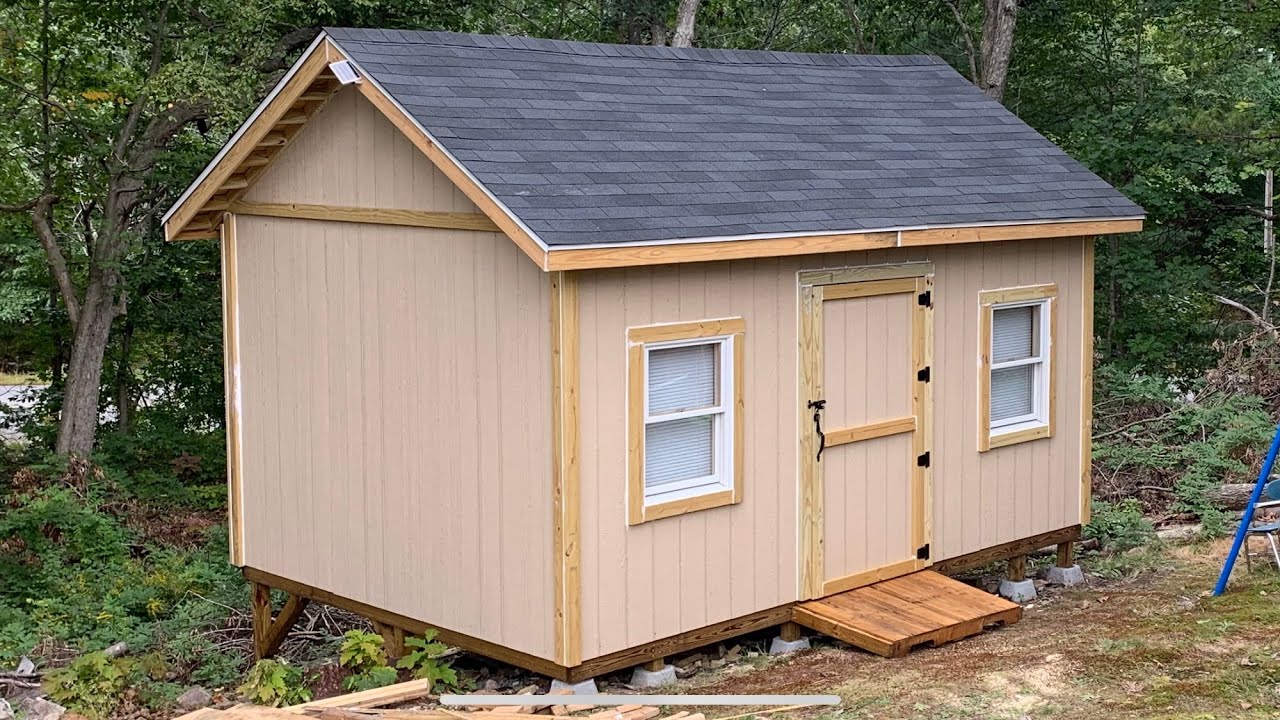

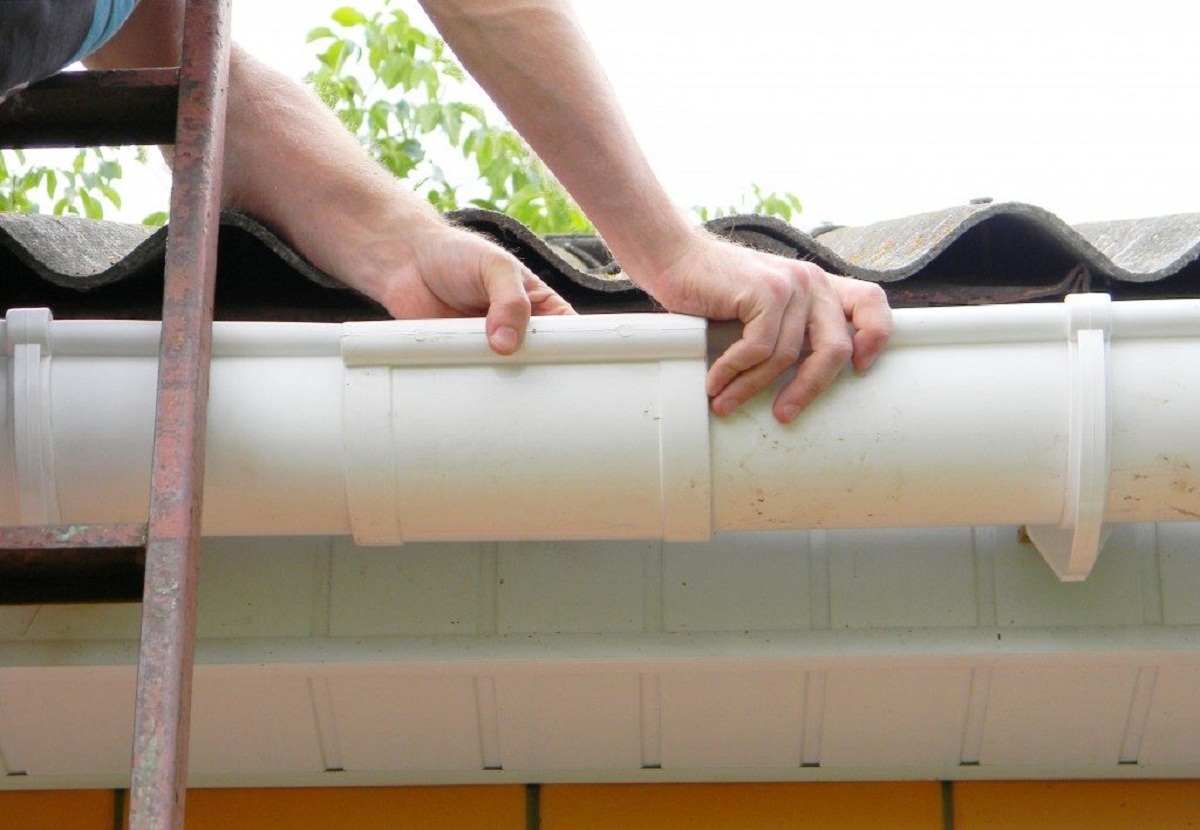
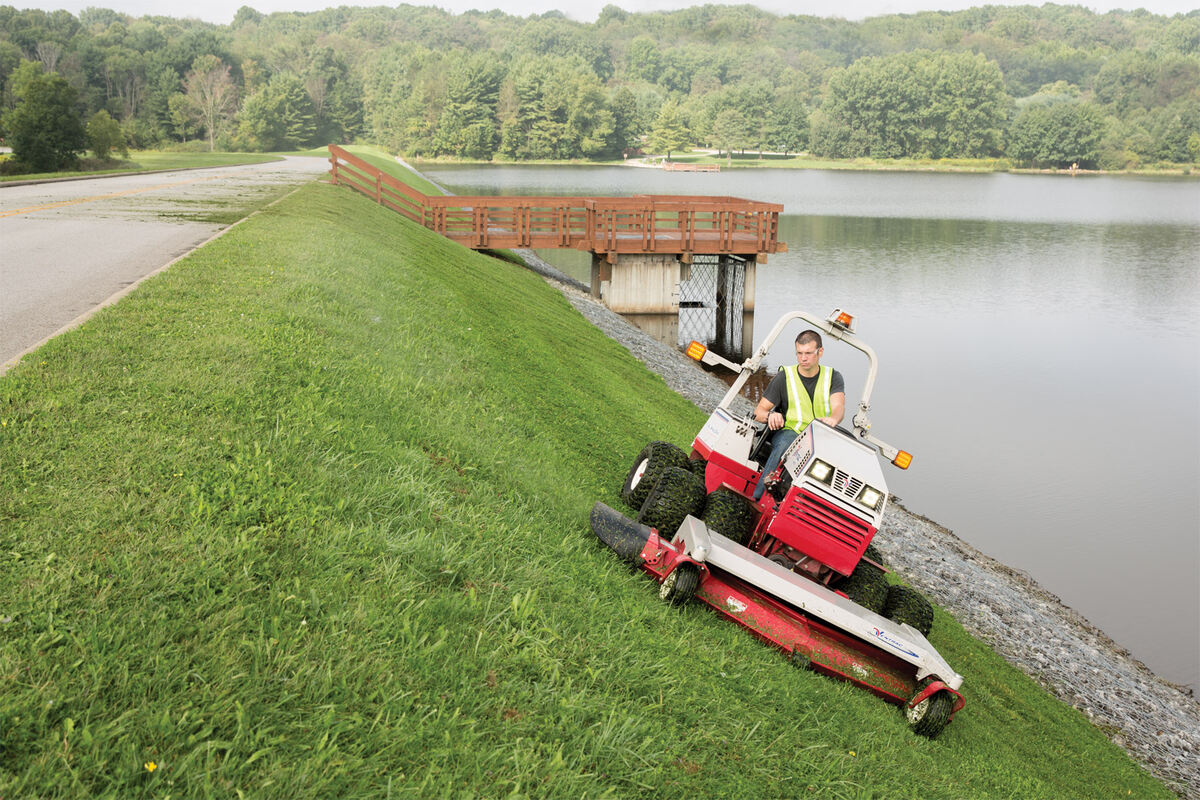




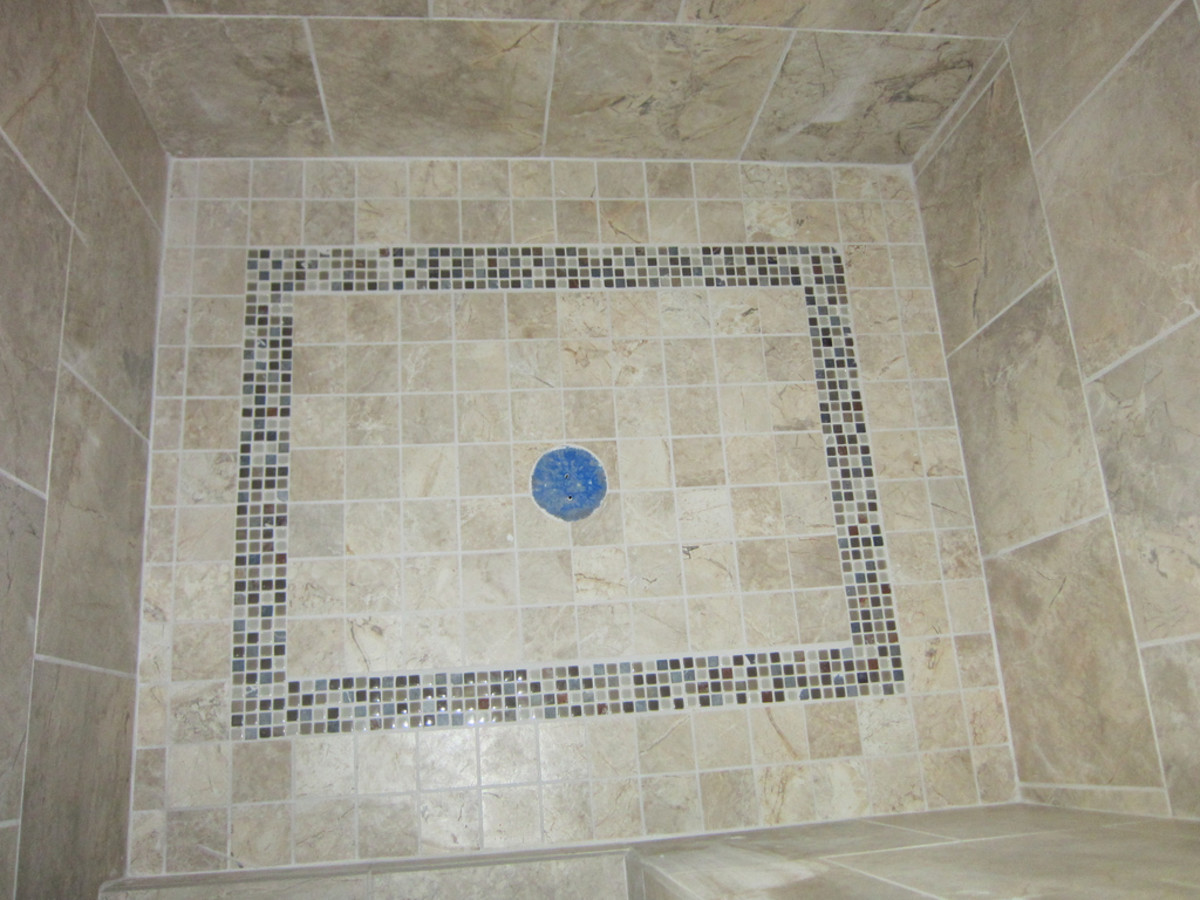

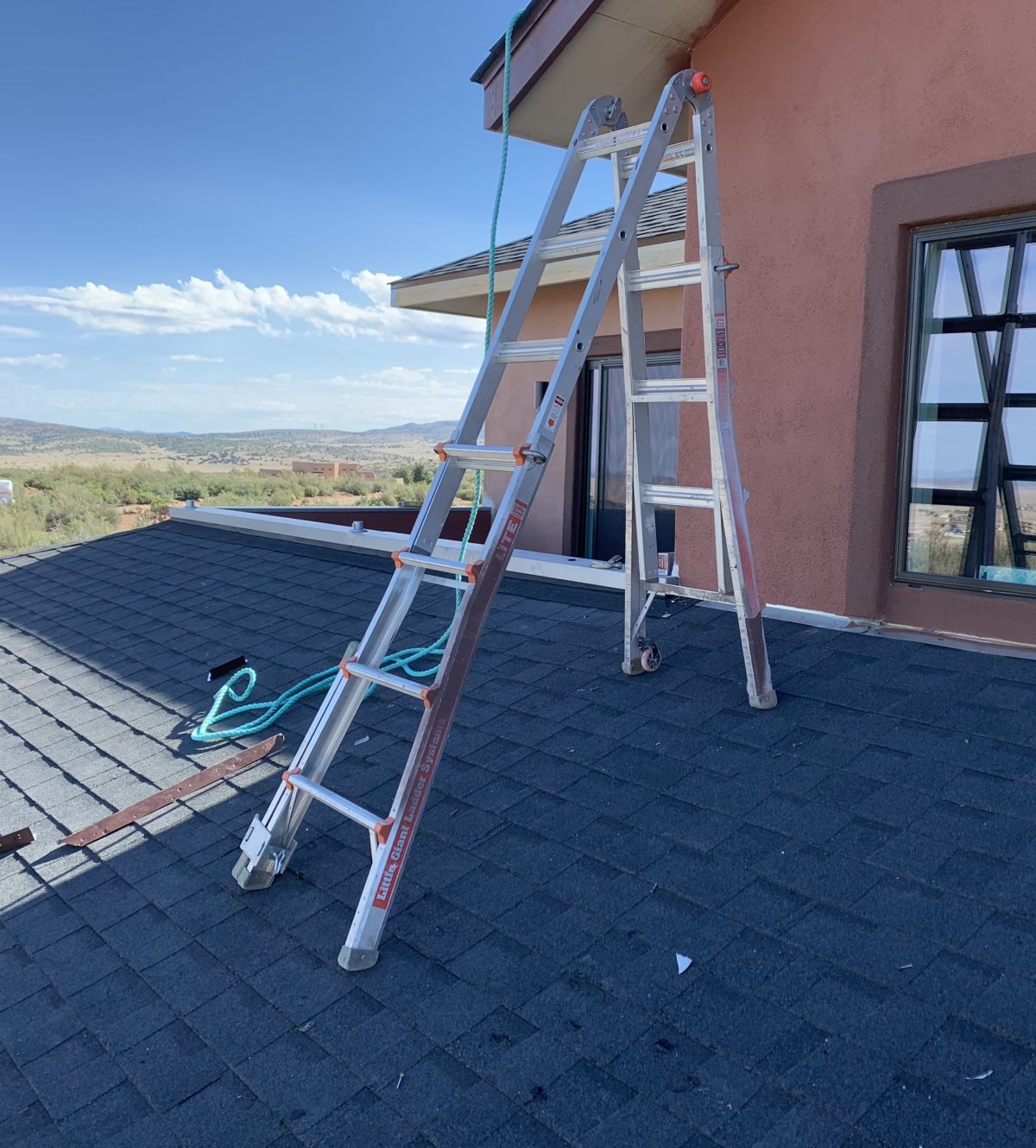



0 thoughts on “How To Measure A Slope Of A Driveway”